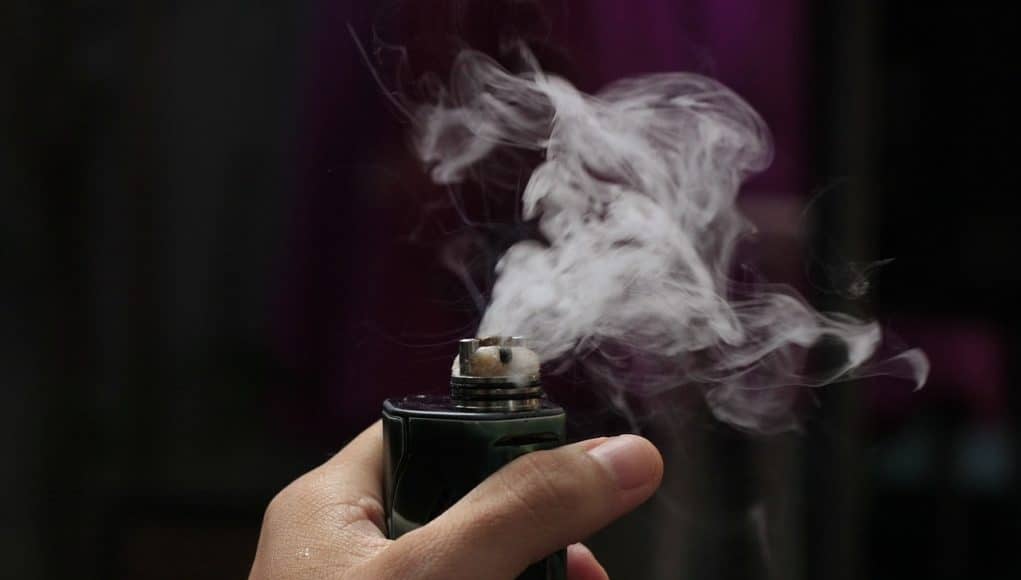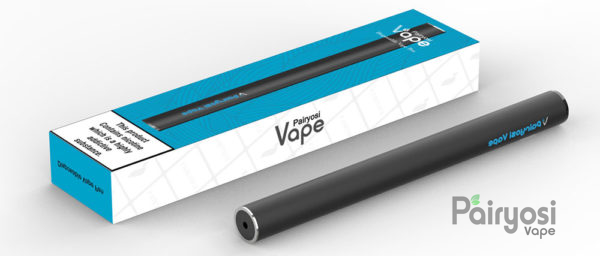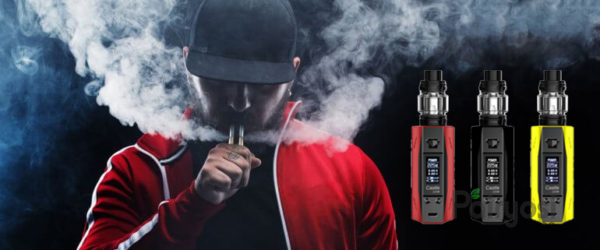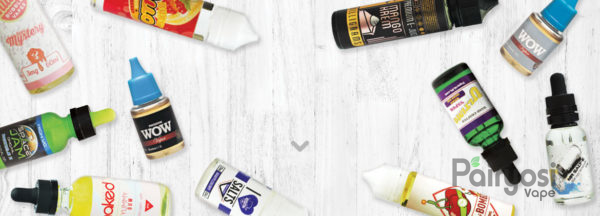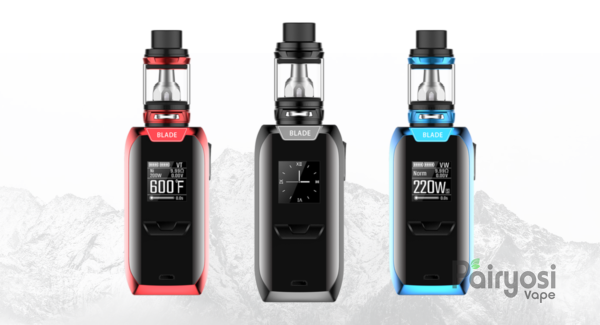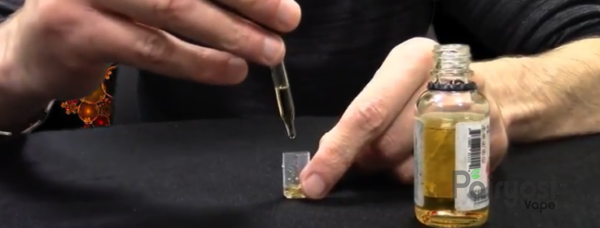A recent study published on NCBI, looked at the influence of three e-cigarette models on indoor fine and ultra-fine particulate matter concentrations, under real-world conditions.
The authors of this study looked at the level of two types of particulate matter (PM) air pollution; lower measurement aerodynamic diameter (≤2.5 μm), PM2.5 and ultrafine particles (UFPs) at 0.5 meters (m) and 1 m away from an e-cigarette user.
The study investigated whether these indoor concentrations varied according to the type of device used, testing three different e-cigarette models containing the same nicotine solution. Continuous measures of PM2.5 and UFPs were taken for 5.5 min before e-cigarette use, during use which lasted for 6.5 min (exposure), and for 10 min after use.
Following e-cigarette use, levels of PM2.5 increased by a 160-fold at a distance of 0.5 m, and for a 103-fold at 1 m. The corresponding increases in UFP counts were 5.2, and 3.0-fold higher, respectively. This study indicated that e-cigarette vapours influence PM2.5 and UFPs concentrations/counts at close proximity distances indoors.
Other studies indicated that vaping has a minimal effect on air quality
On the other hand, a peer-reviewed study released last Summer, had compared e-liquid vapour to cigarette smoke, indicating that exhaled e-liquid vapour product particles are actually liquid droplets that evaporate within seconds. In line with what previous air samples had suggested, this study had indicated that vaping probably has a minimal impact on indoor air quality.
The study titled “ £8.6bn of the Spatial and Temporal Dispersion Differences between Exhaled e-cigarette mist and Cigarette Smoke,” was published in the renowned journal Nicotine & Tobacco Research. For both e-cigarettes and regular cigarettes, the particle concentrations registered following each puff were in the same order of magnitude. However, for pairyosi-products the particle concentration returned to background values within a few seconds, whilst for cigarettes it increased with successive puffs, only returning to background levels after 30-45 minutes.


